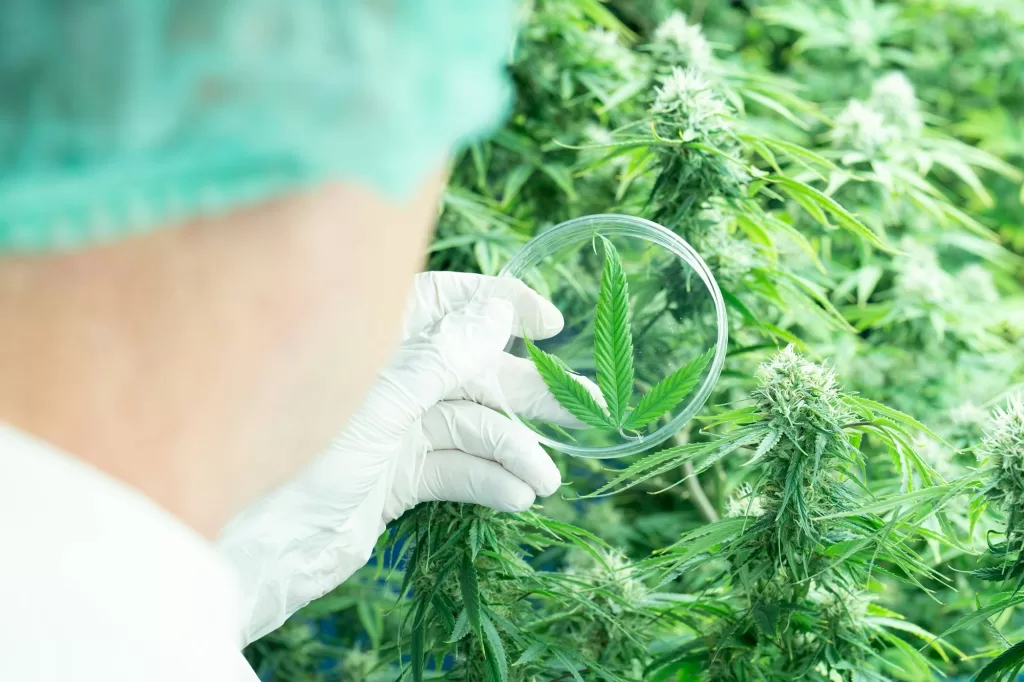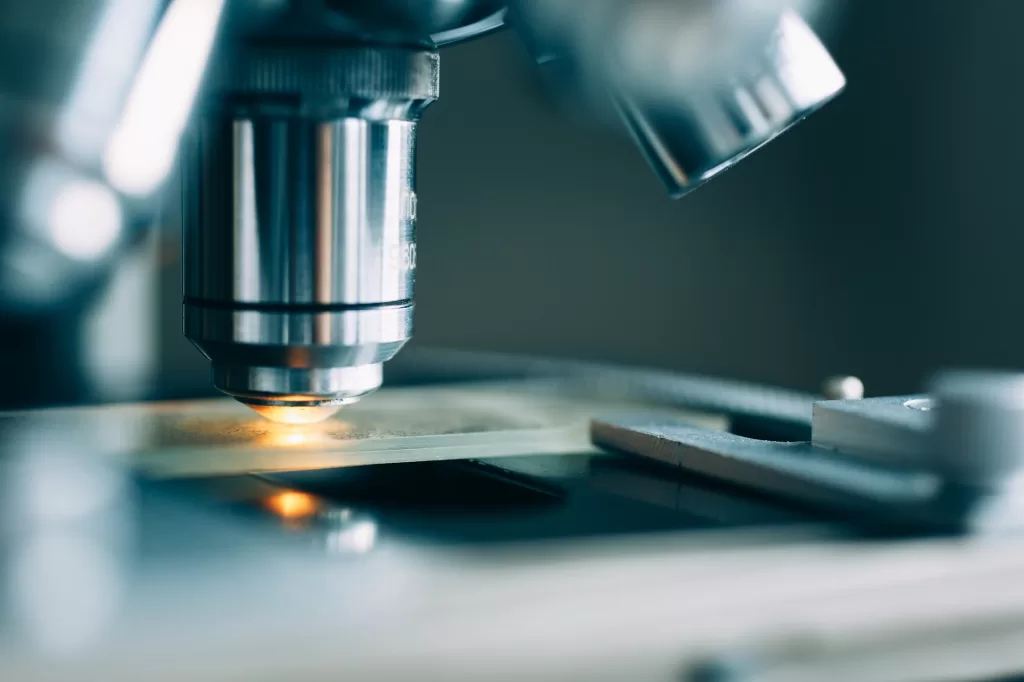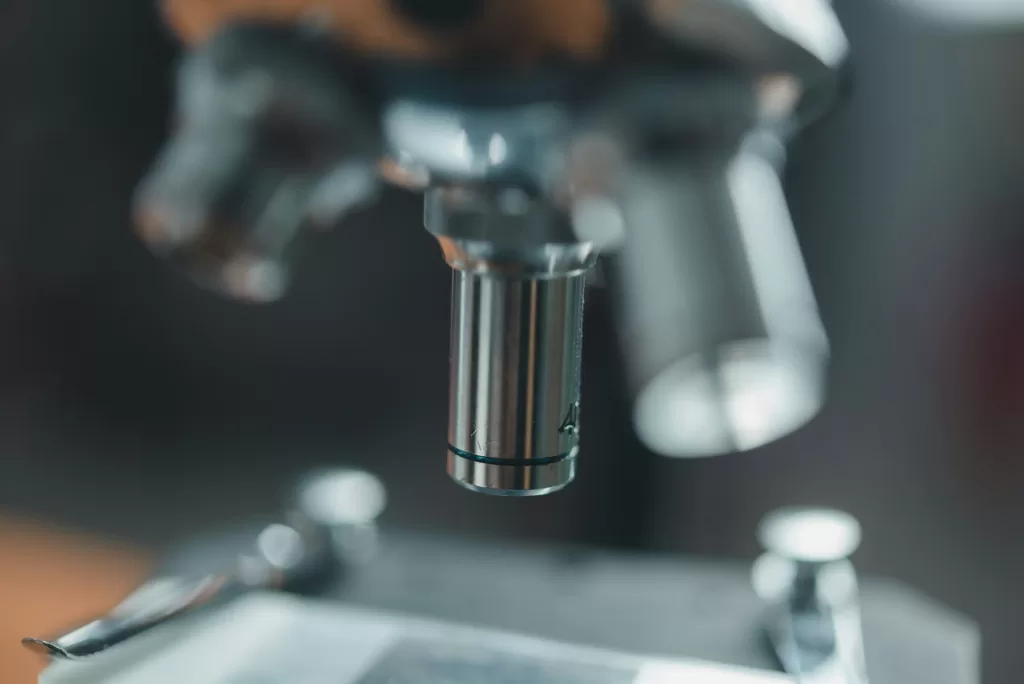Estimated reading time: 4 minutes
In the rapidly evolving landscape of cannabis research, the spotlight often shines brightest on the famous cannabinoids THC (tetrahydrocannabinol) and CBD (cannabidiol). However, the cannabis plant is a veritable treasure trove of chemical compounds, harboring over 100 different cannabinoids. Many of these, known as ‘exotic cannabinoids,’ are often overlooked due to their relative scarcity. In this blog post, we delve into the world of exotic cannabinoids and the pivotal role of testing labs like AccuScience Labs in understanding their intriguing properties.
What are Exotic Cannabinoids?
Cannabinoids are chemical compounds found in the cannabis plant that interact with the endocannabinoid system in mammals. This interaction influences various physiological functions like mood, appetite, sleep, and immune response. Exotic cannabinoids are those less prevalent and less studied cannabinoids, often overshadowed by their more famous counterparts, THC and CBD. Yet, as we enhance our extraction techniques and understanding, these exotic compounds are increasingly attracting attention for their potential medicinal and therapeutic benefits.
Exploring Various Exotic Cannabinoids
Now that we understand how exotic cannabinoids are identified and analyzed let’s turn our focus to the exotic cannabinoids themselves. Let’s take a deep dive into the world of these exciting compounds.
- Cannabigerol (CBG): Known as the “mother” or “stem cell” cannabinoid, CBG is the source from which other cannabinoids are synthesized. Despite its low concentrations in most cannabis strains, CBG holds promise for its anti-inflammatory, neuroprotective, and antibacterial properties.
- Cannabinol (CBN): An oxidation product of THC, CBN is gaining attention for its potential sedative effects, which could benefit those battling insomnia.
- Cannabichromene (CBC): This non-intoxicating cannabinoid is believed to interact with many targets involved in pain and inflammation regulation. It’s also being investigated for potential antidepressant effects.
- Cannabidivarin (CBDV): This relative of CBD shows promise for potential therapeutic applications, particularly in neurology. Studies suggest CBDV may help in conditions such as epilepsy and autism spectrum disorders.
- Tetrahydrocannabivarin (THCV): A homolog of THC, THCV has similar but shorter psychoactive effects. It’s under investigation for potential therapeutic applications, including as an appetite suppressant.
- Cannabicyclol (CBL): CBL is a non-psychoactive cannabinoid that is formed through the degradation of CBC. While not much is known about its effects, ongoing research hints at potential anti-inflammatory properties.
- Cannabielsoin (CBE): CBE is another relatively unknown cannabinoid. However, it’s drawing interest from researchers due to its potential neuroprotective effects.
- Cannabitriol (CBT): This rare cannabinoid occurs in small quantities in cannabis. Although research is in nascent stages, preliminary studies suggest CBT may have psychoactive properties.
- Dehydrocannabifuran (DCBF): DCBF is a synthetic cannabinoid with potential analgesic properties. It’s structurally related to the more well-known cannabinoids, but much less is known about its effects and potential uses.
- Cannabifuran (CBF): Another rare cannabinoid, CBF is still under investigation. More studies are needed to understand its properties and potential therapeutic benefits.
- Cannabinodiol (CBND): CBND is a relatively obscure cannabinoid that is formed when CBD or CBND undergoes exposure to light. It’s believed to have potential psychoactive properties.
- Cannabicitran (CBT): This rare cannabinoid is found in small amounts in Cannabis Sativa. Preliminary studies suggest it may have anti-inflammatory and analgesic effects.
- Cannabichromevarin (CBCV): This homolog of CBC is being studied for its potential anti-convulsive properties, suggesting its potential utility in treating epilepsy.
- Cannabidibutol (CBDB): Though less is known about this cannabinoid, initial studies suggest it may have similar properties to CBD, including potential anti-inflammatory and neuroprotective effects.
- Cannabigerivarin (CBGV): CBGV, a derivative of CBG, is believed to potentiate the effects of other cannabinoids. It’s being studied for potential therapeutic applications, particularly in eye treatments.
- Cannabivarin (CBV): This cannabinoid is currently being researched for its potential medicinal properties. More studies are required to establish its effects and potential uses.
- Tetrahydrocannabiphorol (THCP): This recently discovered cannabinoid has grabbed attention for its potent effects. Early research suggests that THCP may be many times more potent than THC.
- Cannabidiphorol (CBDP): A relative of CBD, CBDP has drawn interest from researchers for its potential anti-inflammatory and antioxidant effects.
- Cannabigerolic Acid (CBGA): Known as the “mother of all cannabinoids,” CBGA is the precursor from which other cannabinoids are synthesized. It’s being studied for its potential antibacterial and anti-inflammatory properties.
- Cannabidivarinic Acid (CBDVA): CBDVA is the acidic form of CBDV. It’s being researched for its potential to treat inflammation and neurodegenerative diseases.
Testing Exotic Cannabinoids at AccuScience Labs
AccuScience Labs, a pioneer in cannabis science, employs cutting-edge technology and methodologies to perform comprehensive analysis of these unique compounds. The process involves two primary steps – separation and identification.
High Performance Liquid Chromatography (HPLC) is a technique that allows for the separation of cannabinoids based on their distinct chemical properties. Following separation, Mass Spectrometry (MS) is utilized to identify and quantify each cannabinoid. MS provides data about the molecular weight and structural characteristics, enabling us to accurately identify each compound present in the sample.
In Conclusion
The investigation of exotic cannabinoids is just beginning, and it promises to reshape our understanding of the cannabis plant and its myriad potential applications. By leveraging sophisticated lab testing procedures and technologies at AccuScience Labs, we aim to unlock the full spectrum of cannabinoids and their potential benefits.
Related links:







